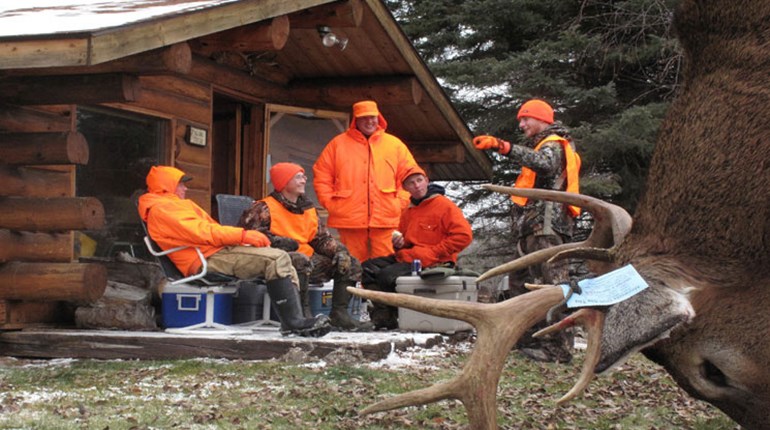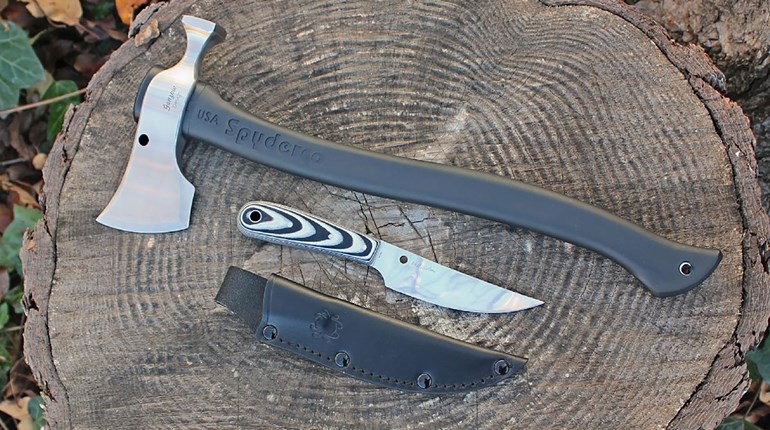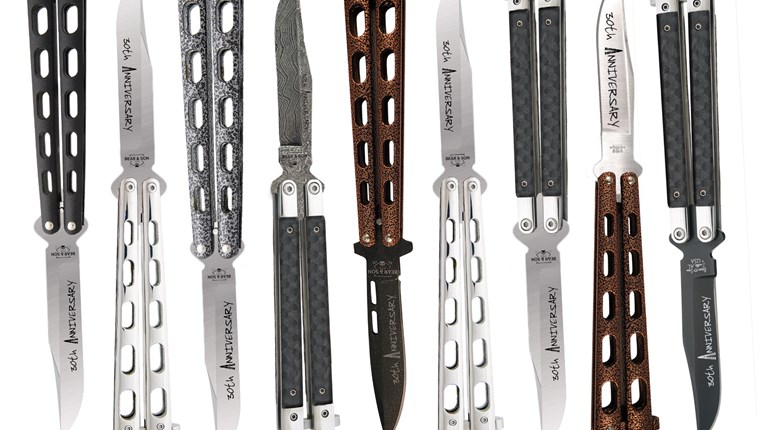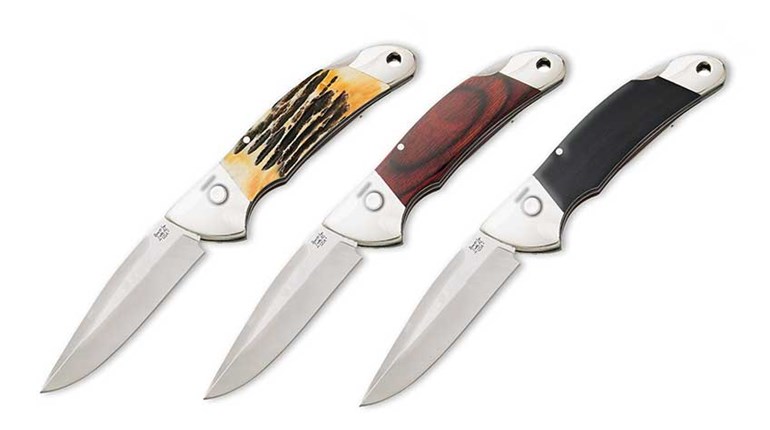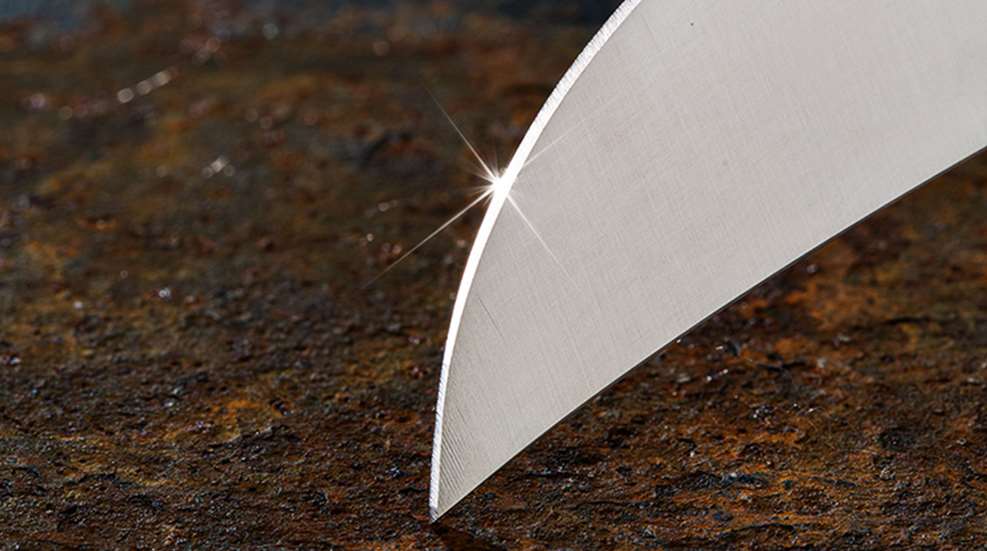
I like watching a hunter sharpen a knife—and not just those who really know how to hone a blade. A few do this with skill and care bordering on devotion to a friend, but it’s also interesting to watch those who think sharpening a blade should be intuitive to a sportsman. I never say a word while they work but ask to see the blade after they’re done. They hand it to me, and I look over the scratched-up piece of steel and inevitably see that the steel is too hard for their technique. Saying as much is like questioning someone’s manhood, so I just compliment the knife and give it back.
Such hunters fail to understand that the steel used for most hunting knives sold today is harder, and in some ways better, than their father’s or grandfather’s blades they once saw sharpened with a few clean passes on a stone. Only a skilled hand can put a fine edge on hard, modern blades without a quality sharpening tool to keep the angle correct.
The hardness of the steel is a compromise knife makers take into account. If it’s too hard the knife is very difficult to sharpen. If it’s too soft it doesn’t keep an edge well. Knife makers use the Rockwell scale to measure the hardness of steel. Many have concluded that the best compromise for a big-game knife is steel with a hardness of 58-60 on the Rockwell scale. This is hard enough to hold an edge, but soft enough to sharpen in a few minutes with a skilled hand or quality tool.
A blade that’s around 60 on the Rockwell scale should stay sharp through field-dressing and even the boning-out process, provided you don’t dull it on the hide or push it too hard into bone. If you prefer a softer blade you’ll need to carry a stone or other sharpening tool.
Some knife makers today are experimenting with new coatings and materials that complicate this. High-end knives sometimes even sport titanium-carbide blades. Titanium carbide is expensive and realistically you can’t be expected to sharpen it, which is why knife makers only put the treatment on one side of the blade; when you sharpen these knives you sharpen the steel side, so the hardness of the steel is still a consideration.
Sharpening modern steel blades that are around 60 on the Rockwell scale means either learning to keep the angle constant as you work or using a sharpening tool that will hold the blade at the proper angle for you. Tools like the Lansky QuadSharp Knife Sharpener are good, cheap, simple to use and offer various pre-set angles. Electric sharpeners, like those from Chef’s Choice and Work Sharp, also give angle options. You’ll need to know the proper angle for your blade—typically knife makers grind blades with a 14- to 20-degree edge angle.
Consider the type of steel, too, as some alloys may be better for your activities in the field than others. Good knife makers worry about this for you, as it quickly becomes a complex decision based on the percentage of carbon, nickel and other elements in the steel. Each is a tradeoff: Some elements make the blade more resistant to rusting, others make it harder, but if the steel is too hard it can become brittle.
Weighing these tradeoffs is important for a hunting knife as blood, which is three times saltier than seawater, can corrode steel fast. Some type of stainless steel is used to make nearly all commercially sold hunting knives today. It will still rust, but not as easily as carbon steels. Gerber, Buck and Camillus use steels such as 420HC and AUS-8 for many of their blades. These steels are good compromises. They’re relatively easy to sharpen and take an edge that lasts long enough to butcher a big-game animal.












